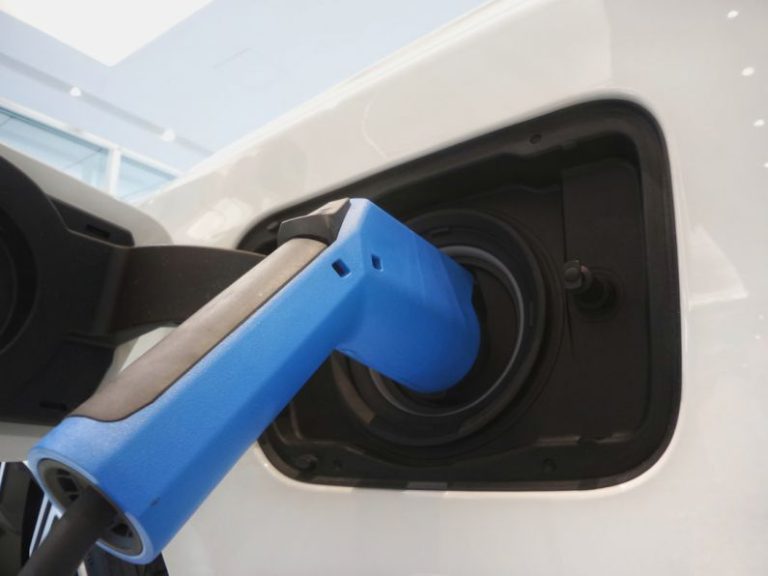The Future of Tire Retreading with Graphene
Innovations in the tire industry have always been closely followed by consumers and manufacturers alike. The introduction of graphene into tire retreading processes has sparked a revolution in the way tires are made and maintained. This wonder material, known for its strength, flexibility, and conductivity, has the potential to transform the future of tire retreading. Let’s delve into how graphene is reshaping the tire retreading industry and what the future holds for this groundbreaking technology.
**The Rise of Graphene in Tire Retreading**
Graphene, a single layer of carbon atoms arranged in a hexagonal lattice, has been hailed as a game-changer in various industries due to its remarkable properties. In the tire retreading sector, graphene is being increasingly utilized to enhance the performance and longevity of tires. By incorporating graphene into the rubber compounds used in retreading, manufacturers are able to create tires that are not only more durable but also more fuel-efficient.
**Enhanced Durability and Performance**
One of the most significant advantages of using graphene in tire retreading is its ability to improve the durability and performance of tires. Graphene-reinforced rubber compounds exhibit increased tensile strength and wear resistance, resulting in tires that last longer and perform better under various road conditions. This enhanced durability translates to cost savings for consumers and reduced environmental impact due to fewer tires being disposed of prematurely.
**Improved Fuel Efficiency**
Graphene’s unique properties also contribute to improved fuel efficiency in vehicles equipped with tires that incorporate this wonder material. The reduced rolling resistance of graphene-enhanced tires means that less energy is required to propel the vehicle forward, leading to lower fuel consumption and reduced carbon emissions. As the automotive industry continues to prioritize sustainability, graphene-based tire retreading offers a promising solution to improve the overall efficiency of vehicles on the road.
**Environmental Benefits of Graphene Tire Retreading**
In addition to the performance benefits, graphene tire retreading also offers significant environmental advantages. By extending the lifespan of tires through retreading with graphene, fewer tires end up in landfills, reducing the environmental impact of tire disposal. Furthermore, the energy savings achieved through improved fuel efficiency contribute to lower carbon emissions, supporting global efforts to combat climate change. Graphene’s role in promoting sustainability in the tire industry underscores its potential as a key technology for a greener future.
**Challenges and Future Outlook**
While the integration of graphene in tire retreading holds immense promise, there are challenges that need to be addressed to realize its full potential. Issues such as scalability, cost-effectiveness, and standardization of manufacturing processes remain areas of focus for researchers and industry experts. Overcoming these challenges will be crucial in ensuring widespread adoption of graphene in tire retreading and maximizing its benefits for consumers and the environment.
**The Road Ahead: Embracing the Graphene Revolution**
As the tire retreading industry embraces the graphene revolution, the future looks bright for innovative and sustainable tire solutions. With ongoing research and development efforts aimed at optimizing the use of graphene in tire manufacturing and retreading, we can expect to see further advancements in performance, durability, and environmental impact. By harnessing the power of graphene, the tire industry is poised to enter a new era of efficiency and sustainability, setting the stage for a greener and more resilient future on the road.
**In Summary**
Graphene’s integration into tire retreading processes represents a significant leap forward in the evolution of the tire industry. With its ability to enhance durability, improve performance, and promote sustainability, graphene is reshaping the way tires are made and maintained. As researchers and manufacturers continue to explore the potential of graphene in tire retreading, we can look forward to a future where tires are not only safer and more efficient but also more environmentally friendly. The journey towards realizing the full benefits of graphene in tire retreading may pose challenges, but the rewards in terms of cost savings, reduced waste, and lower carbon emissions make it a path worth pursuing. As we pave the way for a tire industry powered by graphene, the road ahead promises innovation, sustainability, and a smoother ride for all.






